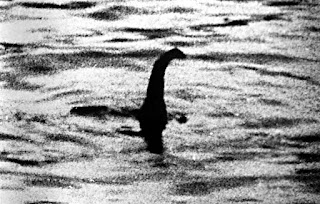IBM's new supercomputer (fastest in the world)

IBM Summit It's shiny, fast and ultra powerful. But it's not the latest Alfa Romeo. A physics laboratory in Tennessee just unveiled Summit, likely to be named the world's speediest and smartest supercomputer. "IBM Summit - The latest phenomenon in the computing world This supercomputer is extremely fast. Precisely, "If every person on the earth completed one calculation per second, it would take the world population 305 days to do what Summit can do in 1 second," according to an ORNL statement. Put another way, if one person were to run the calculations, hypothetically, it would take 2.3 trillion days, or 6.35 billion years what this machine can do in just 1second!! The supercomputer — which fills a server room the size of two tennis courts — can spit out answers to 200 quadrillion (or 200 with 15 zeros) calculations per second, or 200 petaflops, according to Oak Ridge National Laboratory, where the supercomputer resides....



